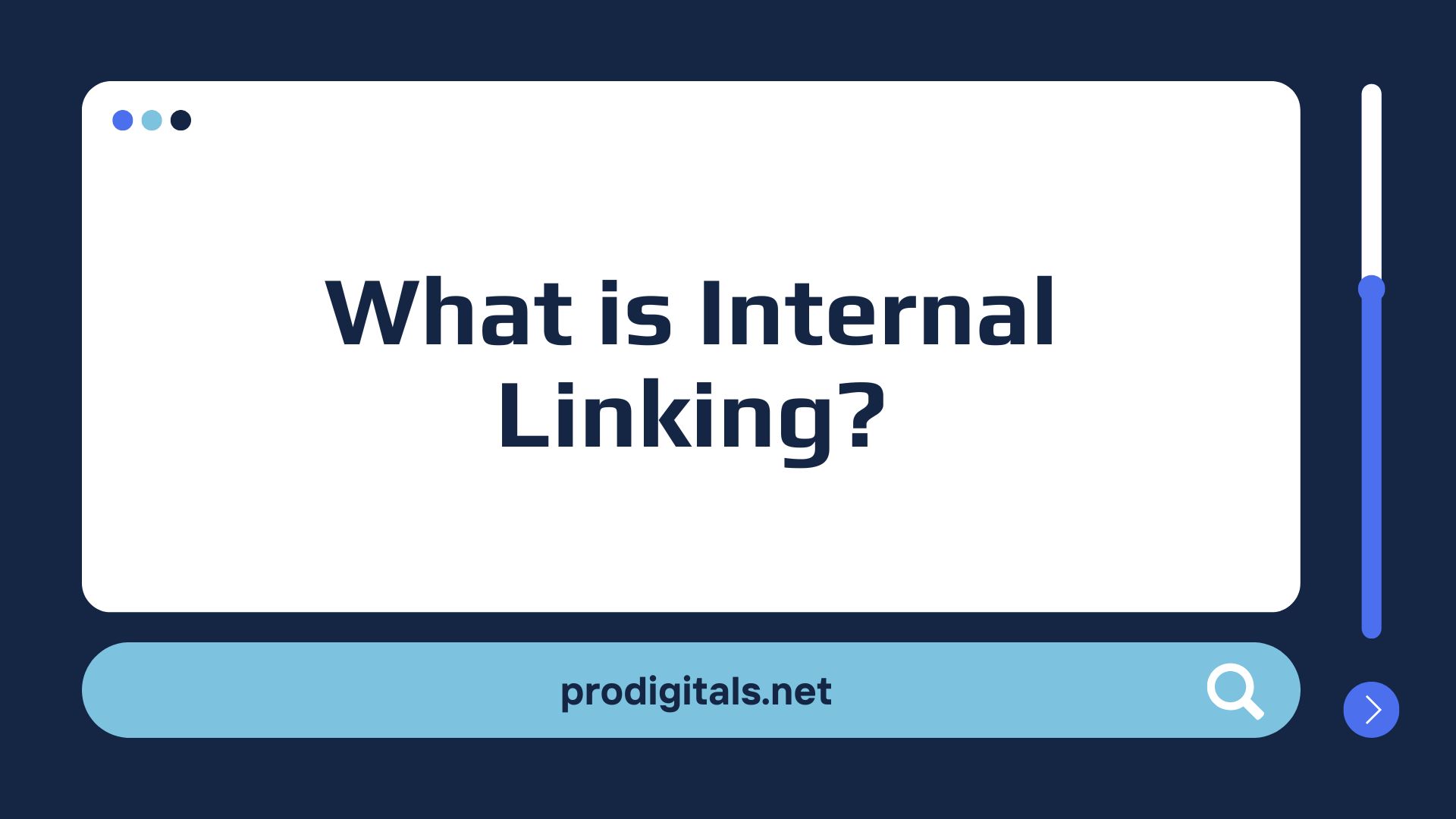Internal linking doesn’t get the spotlight it deserves. It’s not as glamorous as viral backlinks or as controversial as keyword stuffing (a tactic that’s been dead since dial-up internet). But here’s the truth: if you’re ignoring internal links, you’re leaving SEO wins and engaged visitors on the table.
So, what is internal linking? It’s the digital equivalent of laying down breadcrumbs—except these breadcrumbs lead users (and search engines) deeper into your website’s ecosystem. And when done right, it’s a game-changer.
What Is Internal Linking? (No, Really, Explain It Like I’m 9)
At its simplest, internal linking is connecting one page on your website to another. Unlike external links—which jet users off to Wikipedia or your competitor’s site—internal links keep the party going on your domain.
Imagine your website is a sprawling mansion. Without internal links, visitors are left wandering hallways, opening random doors, and probably getting lost in the basement. Internal links? They’re the neon signs saying, “This way to the good stuff.”
Why Should You Care?
- SEO Juice Distribution: Internal links help search engines crawl and index your content. They also spread “link equity” (ranking power) from high-authority pages to newer or weaker ones.
- User Experience (UX) Boost: Ever read a blog post and thought, “Wait, what does that term mean?” Internal links answer those questions without making users Google it (and risk them never coming back).
Google’s algorithm isn’t just judging your content—it’s judging how well your site guides visitors. A well-linked site is like a well-organized bookstore. A mess of unlinked pages? More like a dumpster fire of lost opportunities.
The Nuts and Bolts: Types of Internal Links
Not all internal links are created equal. Here’s the breakdown:
1. Navigational Links (The Boring but Essential Ones)
- Found in menus, headers, or sidebars.
- Example: “Home,” “About Us,” “Contact.”
- Pro Tip: Keep these streamlined. Too many options overwhelm users faster than a Netflix homepage.
2. Contextual Links (The SEO Goldmine)
- Embedded naturally within your content.
- Example: “Learn more about what is internal linking in our advanced guide.”
- Why They Rock: They’re subtle, helpful, and signal relevance to search engines.
3. Footer Links (The Forgotten Realms)
- Often used for legal pages, privacy policies, or SEO “housekeeping.”
- Fun Fact: Few users scroll to the footer unless they’re hunting for your refund policy.
4. Breadcrumb Links (The Unsung UX Heroes)
- Those clickable paths like Home > Blog > SEO.
- Why They Matter: They reduce bounce rates by giving users an easy “escape route” to higher-level pages.
Best Practices: How to Internal Link Like a Pro
1. Anchor Text: Ditch “Click Here” Forever
- ❌ “Click here to learn about SEO.” (Vague, forgettable.)
- ✅ “Here’s how what is internal linking can transform your SEO strategy.” (Descriptive, keyword-rich.)
Search engines use anchor text to understand context. Generic phrases are like handing them a blank sticky note.
2. Relevance Is Non-Negotiable
Linking your vegan recipe blog to a page about motorcycle repairs? That’s not quirky—it’s confusing. Stick to topics that logically connect.
3. Less Is More (But Not Too Less)
- Ideal: 2–5 internal links per 1,000 words.
- Overkill: Stuffing 20 links into a 500-word post. (Google’s spam filters will side-eye you.)
4. Deep Link Like It’s Your Job
Your homepage doesn’t need more love—it’s already the prom queen. Prioritize linking to deeper pages (blog posts, product pages) to spread authority.
5. Break Up with Broken Links
Nothing screams “amateur hour” like a 404 error. Use tools like:
- Screaming Frog (free for small sites)
- Google Search Console (under “Coverage” reports)
Common Mistakes (And How to Dodge Them)
1. Orphaned Pages: The Ghost Pages of Your Site
- These are pages with zero internal links pointing to them.
- Fix: Run a site audit and link to them from relevant content.
2. Anchor Text Monotony
Using the same keyword-rich anchor text repeatedly? Google might peg you as manipulative. Mix it up:
- “Learn about internal linking strategies.”
- “Here’s why internal links matter for SEO.”
3. Ignoring User Intent
Ask yourself: Does this link help the reader? If not, scrap it.
Tools to Automate the Madness
- Ahrefs: Audits your internal links and identifies weak spots.
- LinkWhisper (WordPress): Suggests internal links as you type. (Lazy? Yes. Effective? Absolutely.)
- Google Analytics: Track which internal links users click most.
A Real-World Example: Fitness Blog Edition
Say you publish “Best Protein Powders of 2024.” Smart internal linking looks like:
- Link to “How to Build Muscle Naturally.”
- Link to “Whey vs. Plant-Based Protein: Which Wins?”
- Link to “Post-Workout Nutrition Myths Debunked.”
Result? Readers stay longer. Google rewards you. Everyone wins.
Final Word: Strategy Over Randomness
What is internal linking without a plan? Just digital chaos. Start small:
- Audit 3 old posts this week. Add 2–3 relevant links each.
- Use descriptive anchor text.
- Fix broken links.
And remember—internal linking isn’t a one-time task. It’s a habit. Treat it like flossing: boring, but your SEO health depends on it. 🚀
(Random fact: The first hyperlink appeared in 1966. It’s been 58 years, and some marketers still don’t use them right.)



